Arduino UNO SPE Shield adds Single Pair Ethernet (SPE) and RS485 to Arduino UNO and compatible boards, notably the Arduino UNO R4, via a Microchip LAN8651 SPE controller.
Single Pair Ethernet relies on just two wires to carry data and power, allowing for much more compact designs and simpler wiring compared to traditional RJ45-based solutions with Cat 5 cables. It especially benefits IoT and IIoT applications for buildings, factories, and process automation.
Arduino UNO SPE specifications:
- Networking – Single Pair Ethernet (SPE) via Microchip LAN8651B1 10BASE-T1S MAC-PHY Ethernet Controller with SPI
- Data rate: 10 Mbit/s over a single balanced pair
- T1SP and T1SN available on screw terminal block
- Dedicated T1S SPE connector
- Maximum Distance – Supports up to 25 meters in multidrop topology (multiple nodes on a single segment)
- Up to eight nodes in a multidrop network
- Serial – RS485 via MaxLinear XR33058
- Half duplex RS485
- Data rate: 20 Mbit/s
- RS485 available on screw terminal block
- Other I/Os – Arduino UNO headers
- Digital I/Os
- Analog Input
- I2C, UART, PWM
- Power Supply
- 5V DC from the USB connector of the connected UNO board
- 6 to 24V from T1SP on screw terminal block (PoDL = Power over Data Line)
- 6 to 24V from VIN on screw terminal block
- Warning: 24V DC is fine with Arduino UNO R4, but can potentially damage an Arduino UNO R3 or third-party board
- Dimensions – 68.85 x 53.34 mm (Arduino UNO shield)
- Compliance – CE, FCC, RoHS, REACH, WEEE, UKCA
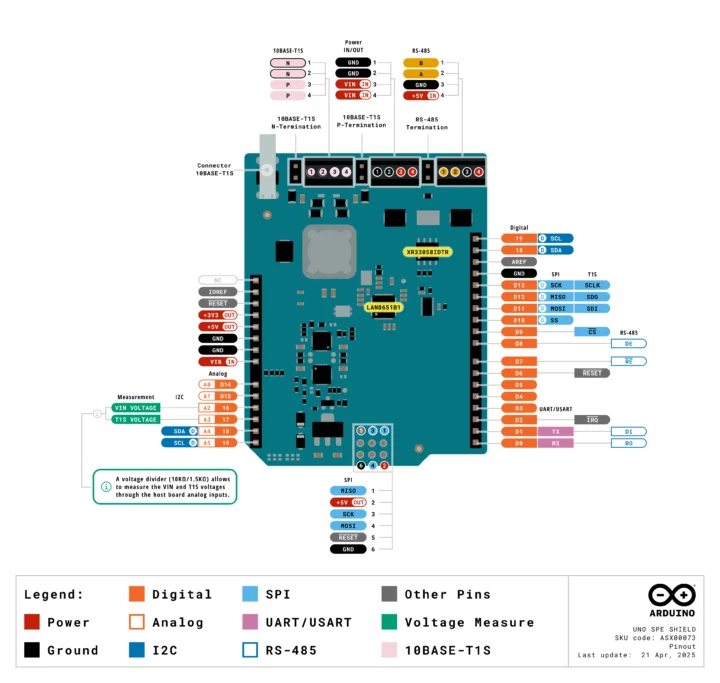
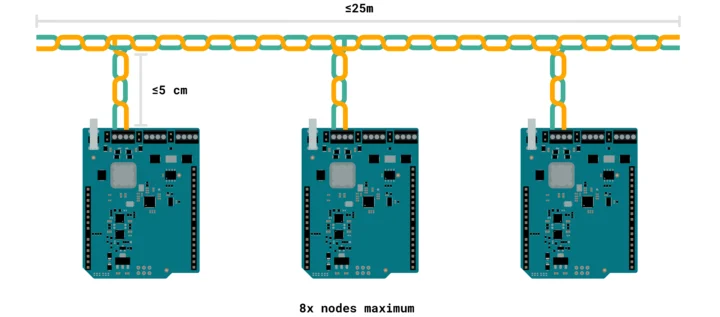
You’ll find rather detailed hardware documentation and instructions to get started with the Arduino UNO R4 WiFi, including wiring and termination instructions, on the documentation website. Programming is done through the Arduino IDE and two libraries: Arduino_10BASE_T1S for Single Pair Ethernet and ArduinoModbus for RS485, both of which also include code samples to get started.
The SPE UNO Shield is not the first Single Pair Ethernet hardware suitable for the maker community, as Sparkfun previously introduced the MicroMod Single Pair Ethernet kit based on Analog Devices ADIN1110 controller with long range (T1L) support that is missing from the T1S chip used on the UNO SPE Shield, and the HydraLink USB-to-Automotive Ethernet dongle relies on a single twisted pair for in-vehicle communication.
First unveiled in fall 2024 with limited details, the UNO SPE Shield is now available on the Arduino store for $39 or 30.50 Euros inc. VAT

Jean-Luc started CNX Software in 2010 as a part-time endeavor, before quitting his job as a software engineering manager, and starting to write daily news, and reviews full time later in 2011.
Support CNX Software! Donate via cryptocurrencies, become a Patron on Patreon, or purchase goods on Amazon or Aliexpress. We also use affiliate links in articles to earn commissions if you make a purchase after clicking on those links.


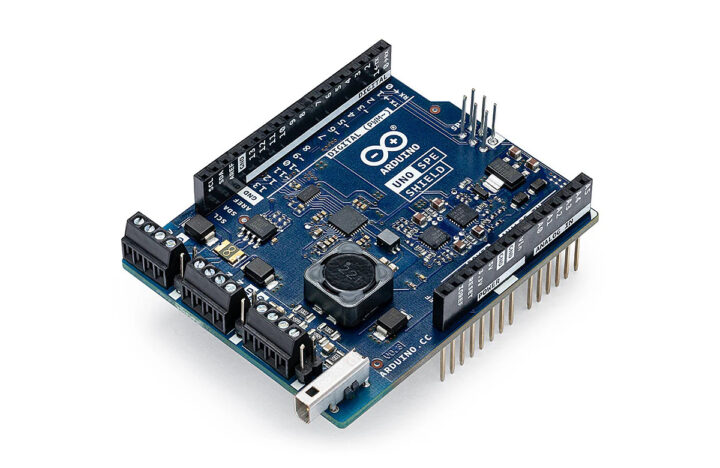
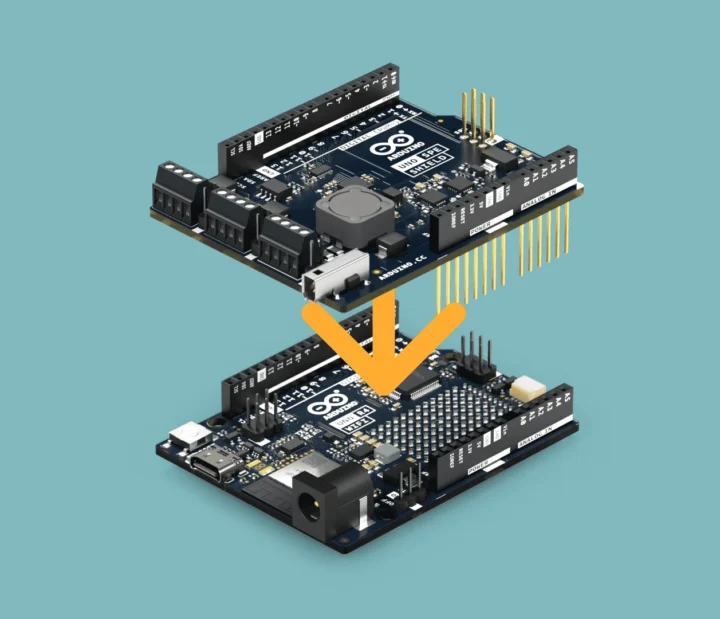
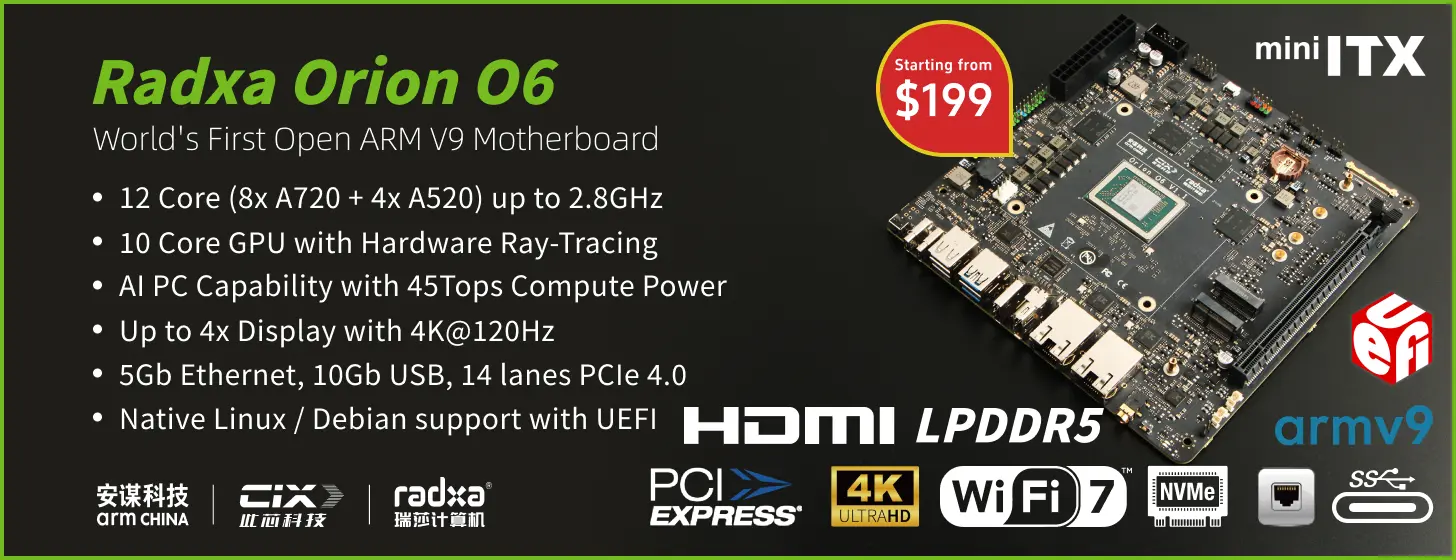


Just a note: T1L and T1S are very different and not compatible. They are unfortunately both referred to as single pair Ethernet. Both are 10M speed, but T1L is over long range (point to point 1km link), T1S is low distance (approx 25m) but multidrop capable.
Thanks. I’ve added something to the post about T1L vs T1S.
I’d argue your note is inadequate. It simply states that T1L is missing from the Arduino shield. This is not the case.
10Base-T1S and 10Base-T1L are 2 completely incompatible standard. The Adin1100 only does T1L. LAN8651 only does T1S.
The hydralink only does 100BASE-T1 or 1000BASE-T1 and also cannot interoperate with 10base-t1l or 10base-t1s.
10BASE-T1L, 100BASE-T1 and 1000BASE-T1 are all full duplex but point to point.
10BASE-T1S is half duplex, multidrop, working on quite strict time shares.